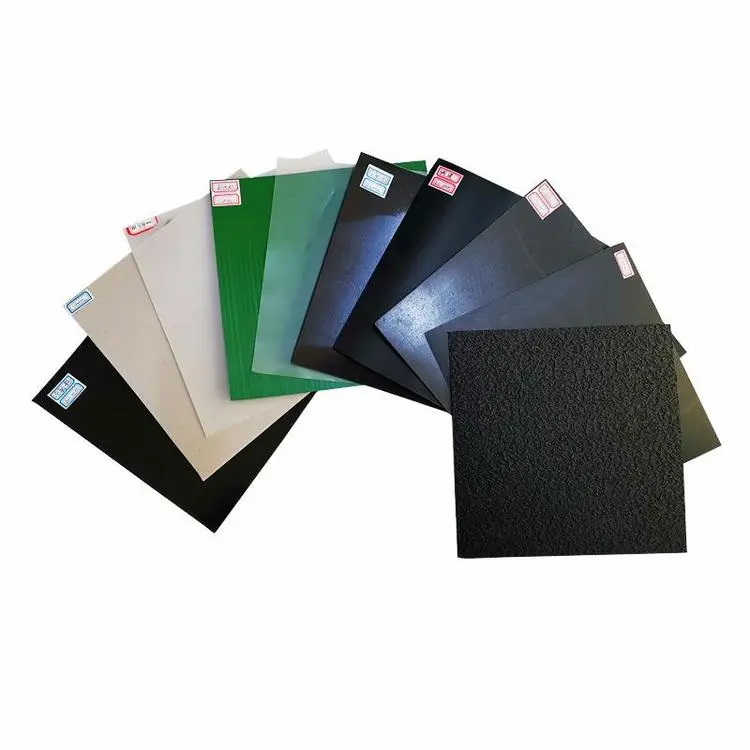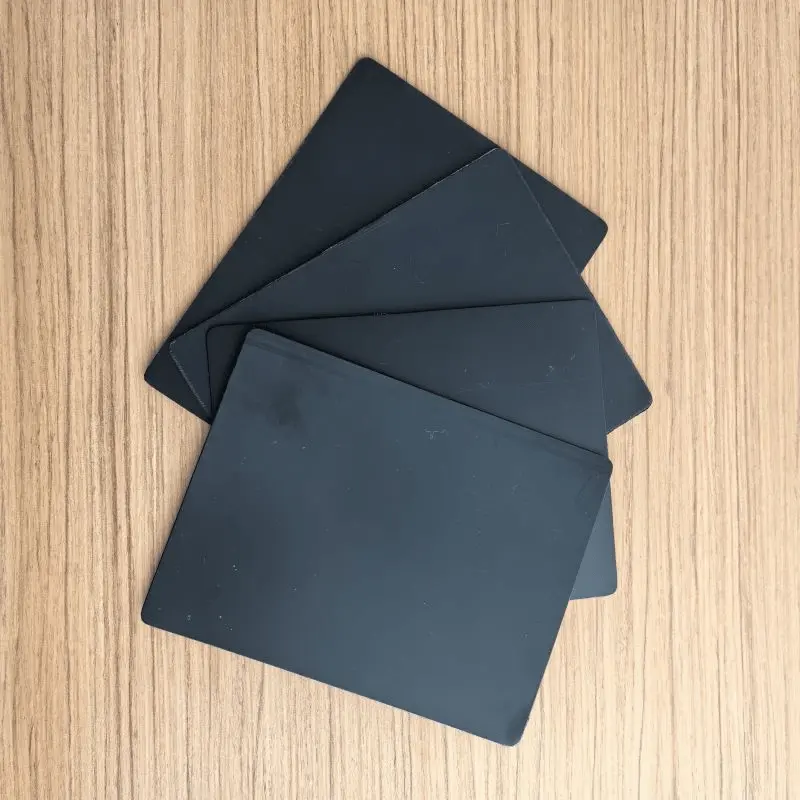The Application and Advantages of Geomembrane in Gardens
Gardens, as crucial spaces for leisure and beautification in our lives, require careful design and maintenance. In this context, geomembrane, an efficient and practical engineering material, plays a pivotal role. This article explores the application of geomembrane in gardens and the numerous advantages it brings.
Firstly, the use of geomembrane in gardens helps prevent soil erosion. Gardens are often subject to the impact of rainwash and wind erosion, leading to soil loss and damage to the garden landscape. Geomembrane, however, can effectively cover the soil surface, forming a protective barrier that prevents water and wind from eroding the soil, maintaining soil stability and preserving the integrity and aesthetics of the garden.
Secondly, geomembrane can isolate soil from other structures or materials in the garden. Gardens often contain various plants, flowerbeds, paths, and other elements. Harmful substances or chemicals in the soil may damage these elements. By laying geomembrane, we can effectively isolate the soil from other structures or materials, preventing harmful substances from infiltrating and causing damage, thus protecting the health and safety of plants and other facilities in the garden.
Furthermore, geomembrane helps control water and nutrient loss in the soil. Plants in gardens require adequate water and nutrients for growth and development. However, traditional garden soil often faces issues such as rapid water evaporation and nutrient loss. The application of geomembrane can slow down water evaporation, maintain soil moisture, and reduce nutrient loss, providing a better growth environment for plants. This promotes plant growth and enhances the greening effect of the garden.
Additionally, the use of geomembrane can lower garden maintenance costs. Weed growth is a common problem in gardens, as it not only deteriorates the aesthetics but also increases the workload for weed removal and maintenance. Geomembrane can effectively suppress weed growth, reducing the frequency and difficulty of weed removal, and thus lowering maintenance costs. Furthermore, geomembrane exhibits excellent durability and stability, allowing for long-term use without frequent replacements, further reducing maintenance costs.
However, it is crucial to note some considerations when using geomembrane. Firstly, selecting the appropriate type and specification of geomembrane is essential to ensure its suitability for the specific needs and conditions of the garden. Secondly, proper installation and usage methods are key to maximizing the performance of geomembrane. During installation, it is essential to ensure a tight fit between the geomembrane and the ground, avoiding any gaps or damage. Regular inspections of the geomembrane's integrity are also necessary, with prompt repairs or replacements of damaged sections to maintain its long-term effectiveness.
In conclusion, the application of geomembrane in gardens brings numerous advantages, including soil erosion prevention, isolation of harmful substances, control of water and nutrient loss, and reduced maintenance costs. As an efficient and practical engineering material, geomembrane plays a significant role in garden construction and maintenance. With continued technological advancements and expanded applications, it is anticipated that geomembrane will find widespread use in more garden projects, enhancing our lives with beauty and convenience.

564.webp)

317.webp)
503.webp)
759.webp)
897.webp)
942.webp)
237.webp)